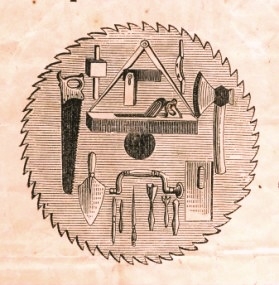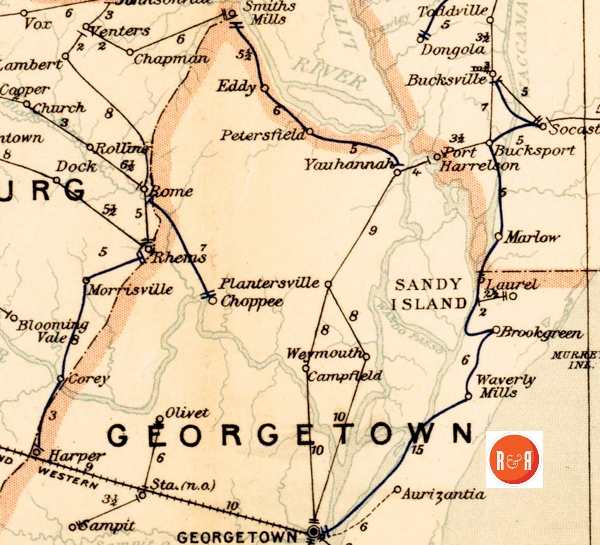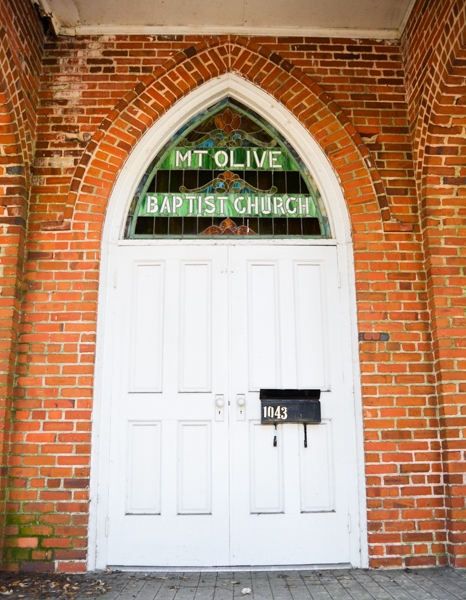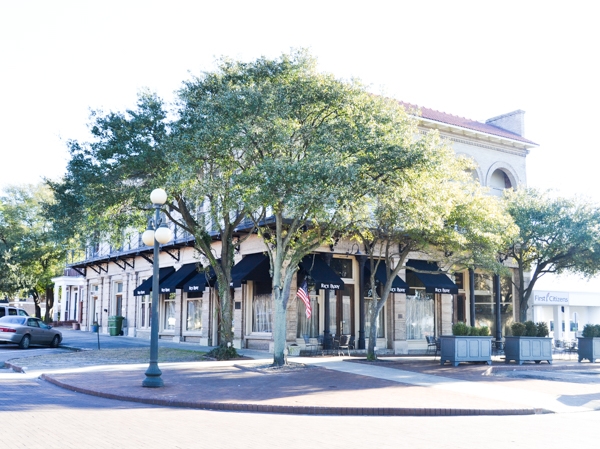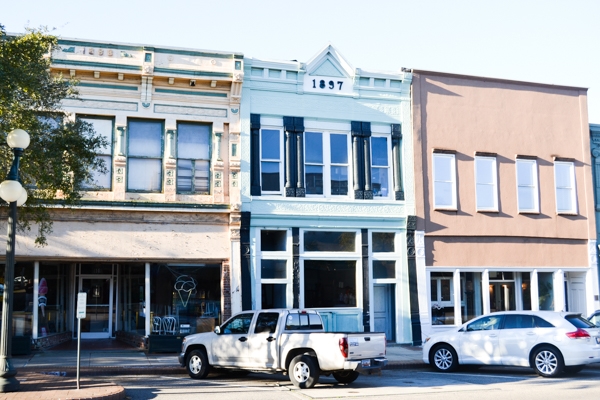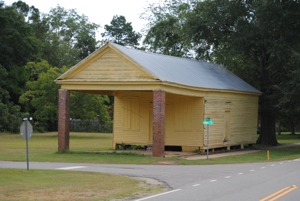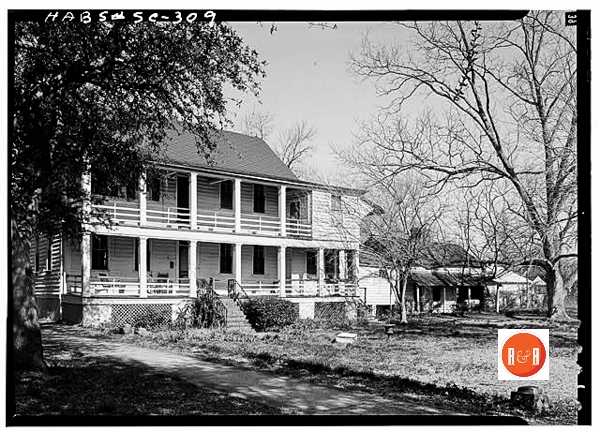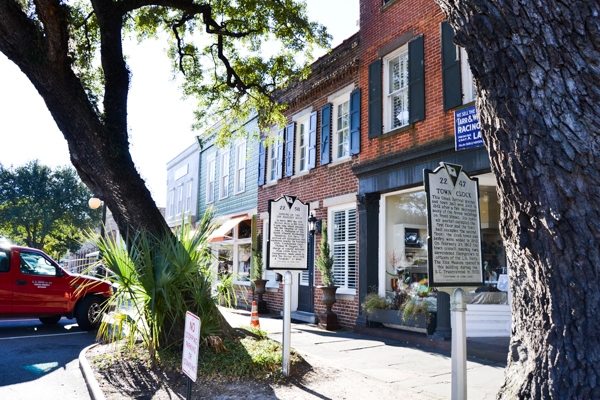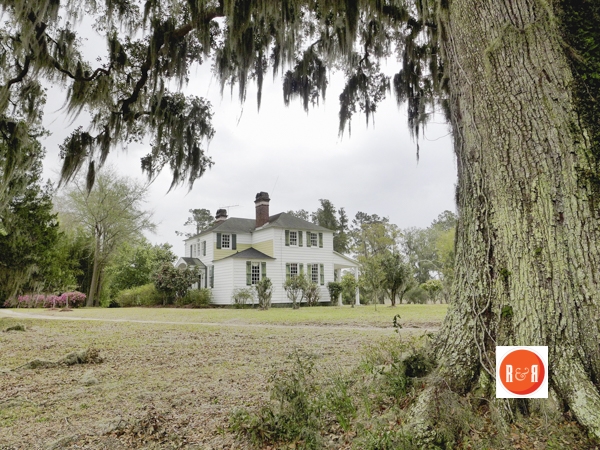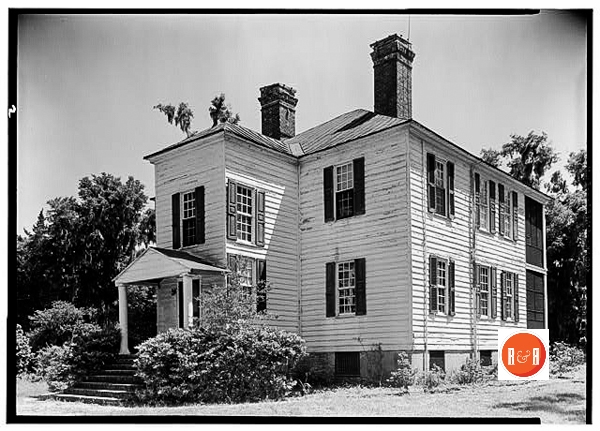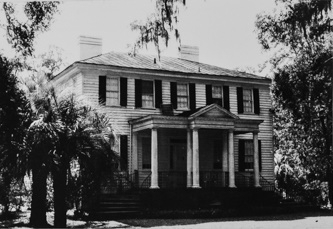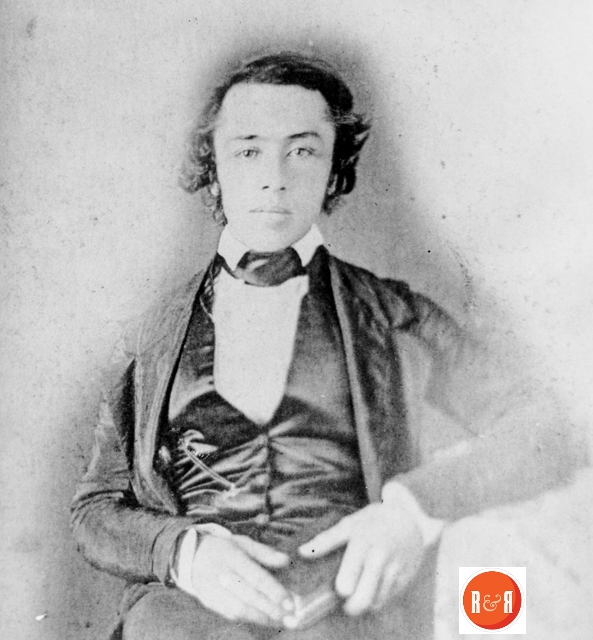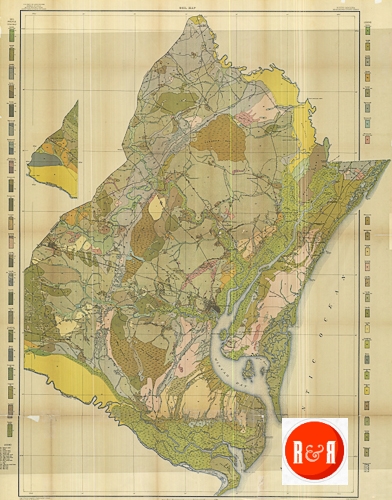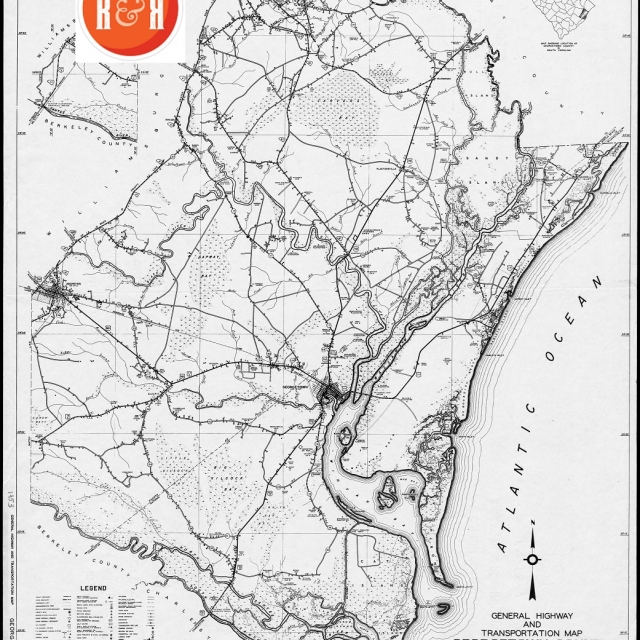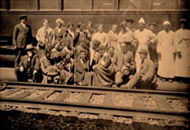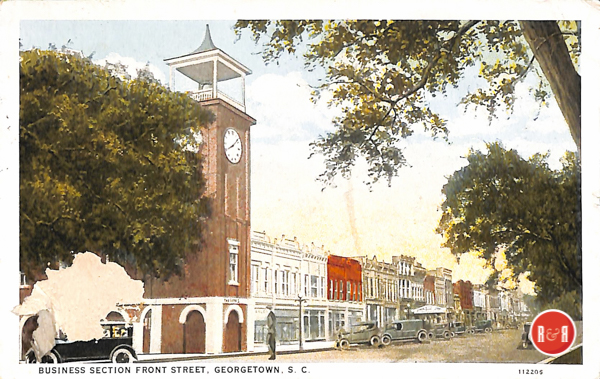
Early postcard image of downtown Georgetown, ca. 1900. Courtesy of the AFLLC Collection – 2017 One of thousands of historic addresses – sites across S.C., to explore and enjoy on the pages of Roots and Recall!
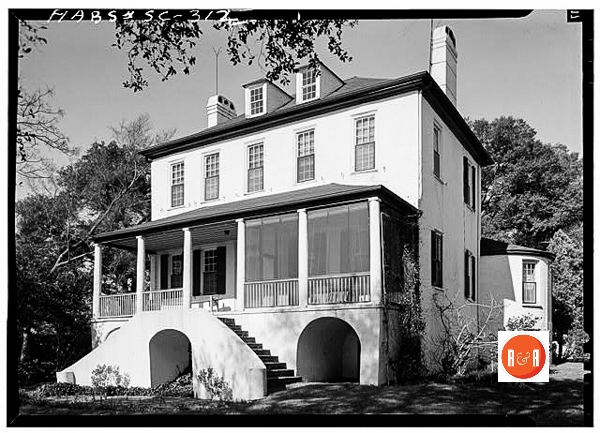
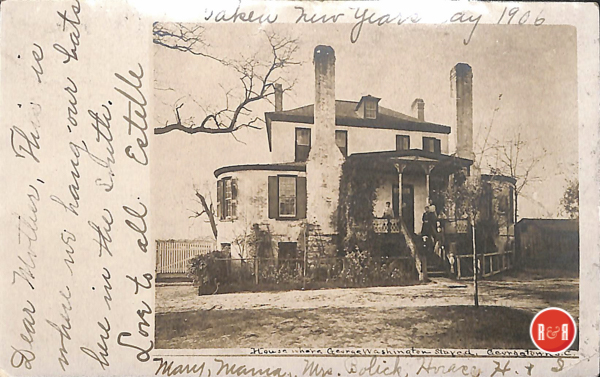
Early postcard image of the home. Courtesy of the AFLLC Collection – 2017
Courtesy of the HABS Collection – Library of Congress
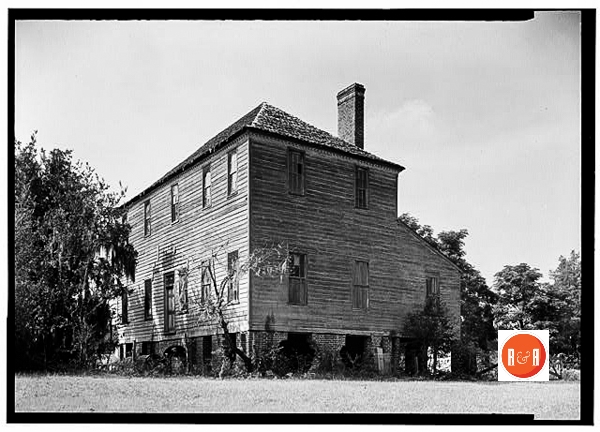
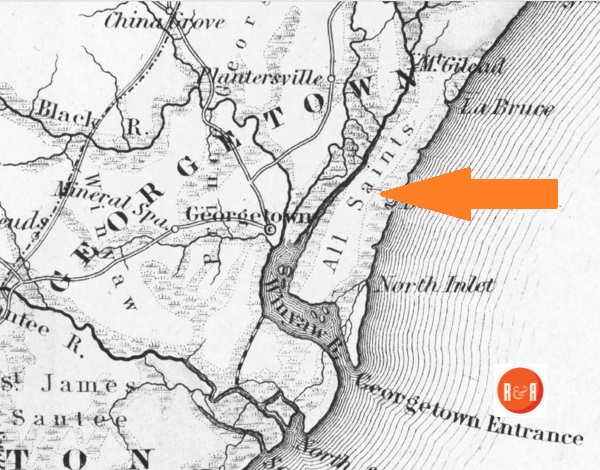
Courtesy of the New York J.H. Colton and Company, 1856; from Colton’s Atlas of the World
C.O. Greene, photo, 1940 – Images(s) and information from: The Library of Congress – HABS Photo Collection
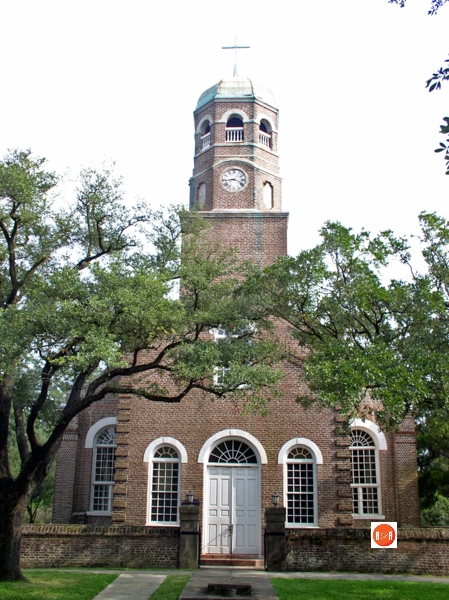
Image courtesy of photographer Bill Segars – 2006
Prince George’s Parish, Winyah, was taken off St. James’, Santee, in 1721. It was named to honor Prince George, son of King George, I, who became George, II, at his father’s death in 1727. Winyah is the bay on which much of the parish is bounded on the east. The public treasury authorized the sum of One Thousand pounds for “building the said Parish Church and Parsonage-House.” In 1734, an Act was passed for dividing the Parish to form the Parish of Prince Frederick George II’s eldest son, Frederick Louis, Prince of Wales, and father of George III. The Parish Church of Prince George fell in the new Parish and became the Parish Church of Prince Frederick. A new Prince George’s was built in the town of Georgetown before 1753. Another portion of the parish was taken off by an Act of 1767, to form the Parish of All Saints’, Waccamaw, bounded by the Sea on one side, the Waccamaw River on the other. During the Revolution, Prince George’s Church was burned inside, but was soon completely repaired and “made more commodious and decent for the public worship of God.” (Information from: Names in South Carolina by C.H. Neuffer, Published by the S.C. Dept. of English, USC)


